Grants
Four Application Rounds
We award grants for science, arts and culture totalling around €60 million per year. Grants are available to individuals, organisations and working groups in all fields of science and the arts.
The Finnish Cultural Foundation is a private foundation whose activities cover the whole of Finland. We build a pluralistic and sustainable society, promote research, art and culture, and encourage future talents to strive for breakthroughs.

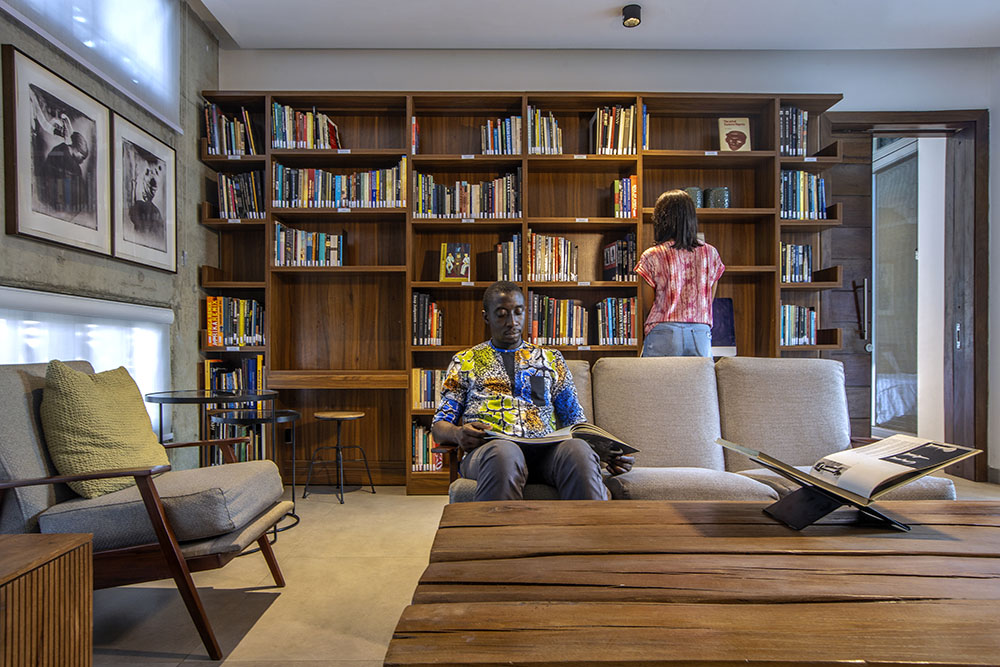
Grants
We award grants for science, arts and culture totalling around €60 million per year. Grants are available to individuals, organisations and working groups in all fields of science and the arts.
Aug 10 to 29 2025
Oct 10 to 31 2025
next application round in 2026
next application round in 2026
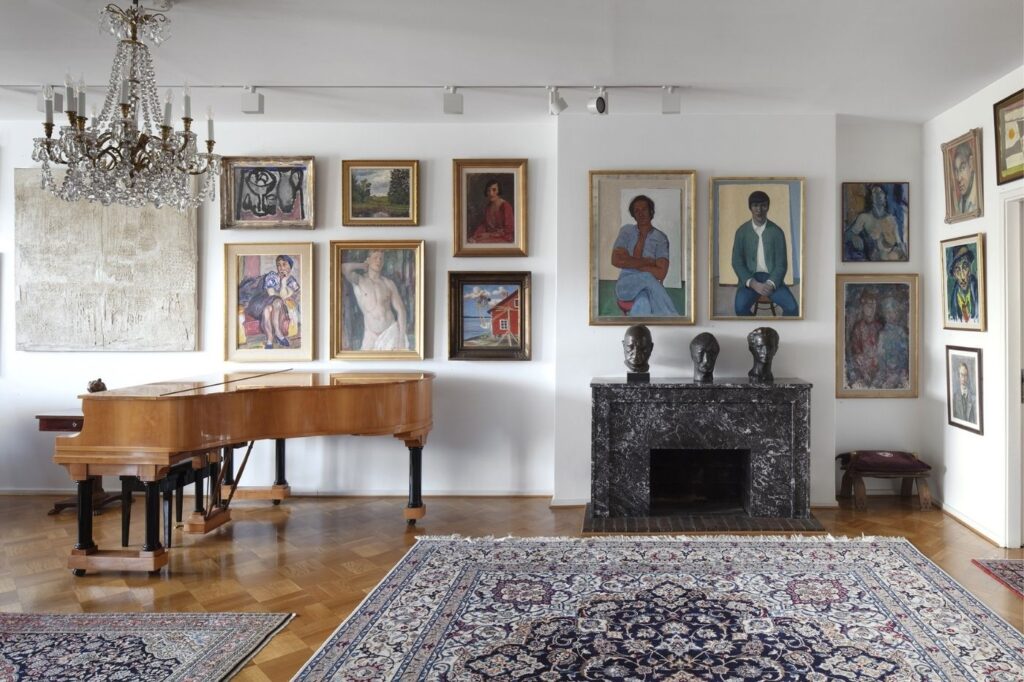
Our other activities
The Kirpilä Art Collection is the former home of Doctor Juhani Kirpilä (1931-1988), art collector and rheumatologist, who bequethed his property to the Finnish Cultural Foundation.
What's new
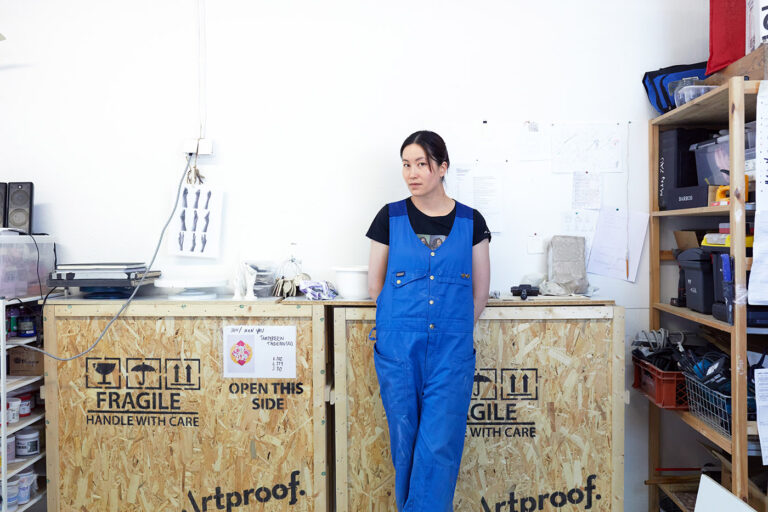
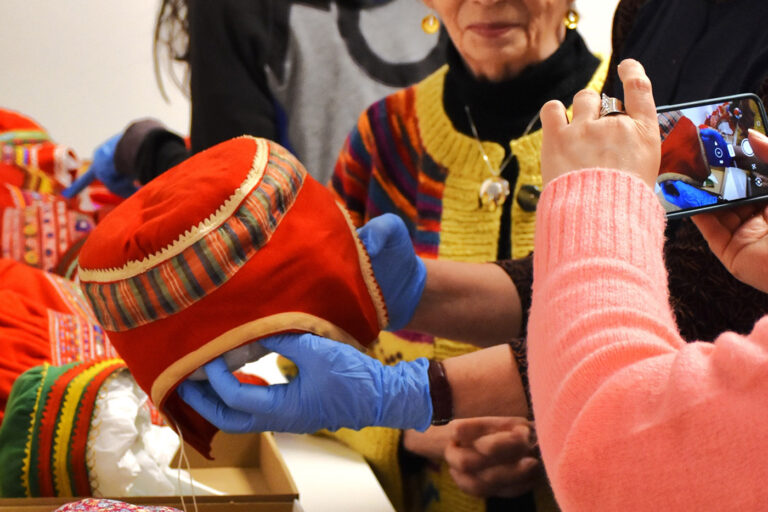

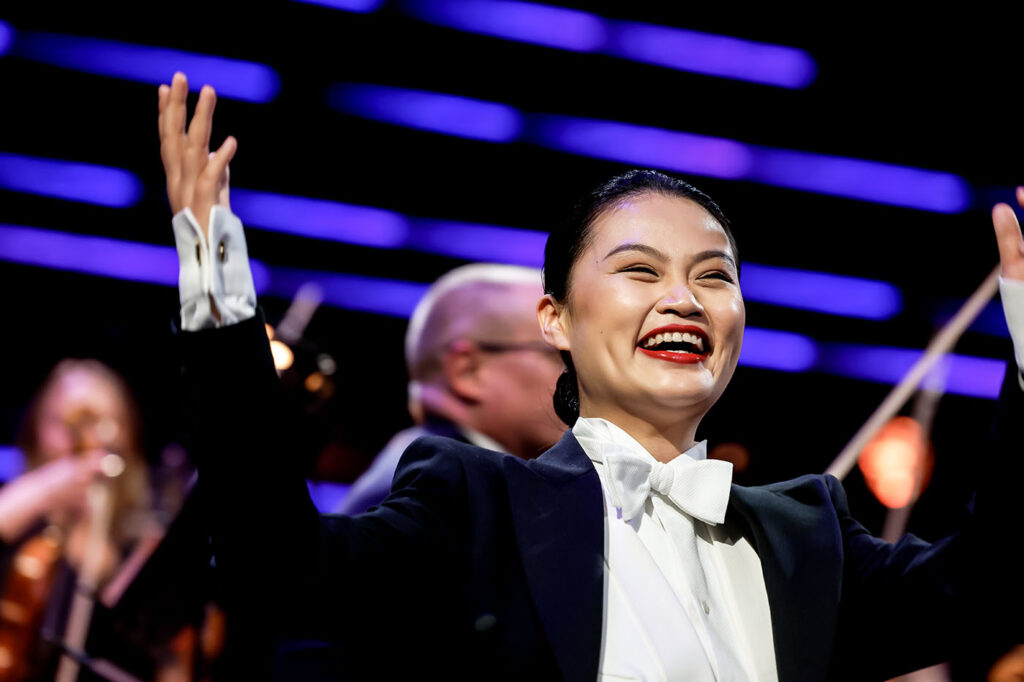
Our other activities
The Mirjam Helin International Singing Competition, organised every three years by the Finnish Cultural Foundation, counts among the most prestigious competitions of its kind in the world.
Some of our key figures in 2024
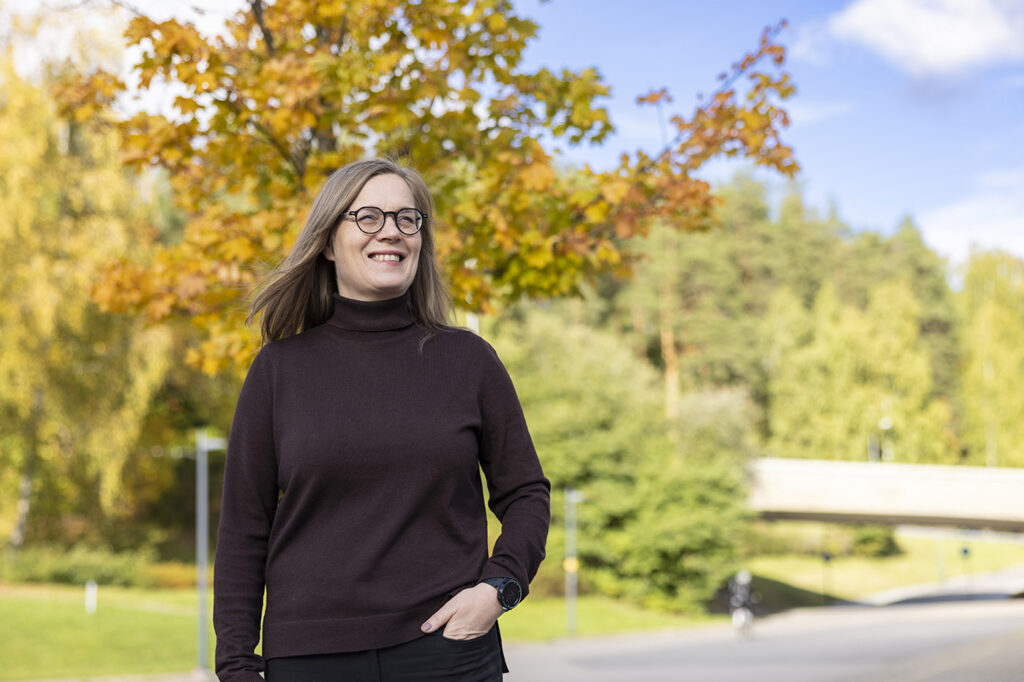
Reading
Fluent and critical literacy is a prerequisite for various ways of participating in society. Plain-language literature can provide encouragement, inspiration, and motivation, developing not only reading skills but also empathy and understanding. Minna Torppa, professor of educational sciences specialised in reading, writing, and learning difficulties at the University of Jyväskylä, talks about the experience of self-efficacy, which plays a significant role in what one decides to do.

Reading
Fluent and critical literacy is a prerequisite for various ways of participating in society. Plain-language literature can provide encouragement, inspiration, and motivation, developing not only reading skills but also empathy and understanding. Minna Torppa, professor of educational sciences specialised in reading, writing, and learning difficulties at the University of Jyväskylä, talks about the experience of self-efficacy, which plays a significant role in what one decides to do.

Science
Timo Carpén will move to Canada for two years to explore whether a virtual symptom screening could help those in need of palliative care. If the results prove promising, a digital screening might become routine in Finland as well.
Science
Timo Carpén will move to Canada for two years to explore whether a virtual symptom screening could help those in need of palliative care. If the results prove promising, a digital screening might become routine in Finland as well.
